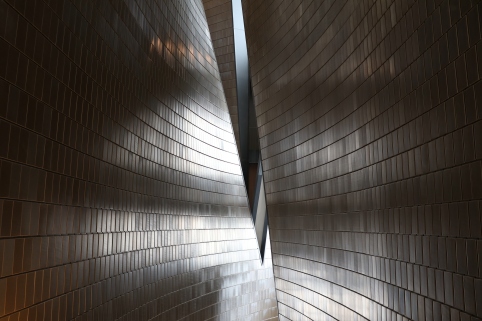
Apart of Calgary’s East village the National Music Centre is home to a collection of musical instruments that are part of Canada’s history in music. Originally the plan was to preserve the King Edward Hotel a historic hotel in Calgary’s East Village after it was Condemned but given the opportunity they built the Centre. The King Edward hosted numerous Jazz musicians.
The Centre is made of ceramic tiles that have a floating affect, they were brought from Germany and the Netherlands. The building was designed to carry sound around the building so that you can hear the music being played from the 5th floor at the first floor.
The Studio Cost $191 Million dollars it began construction in 2013. Private citizens and companies donated from $100,000 to $500,000 to the project.
The Bell Studio is also available to be rented for parties and special occasions.

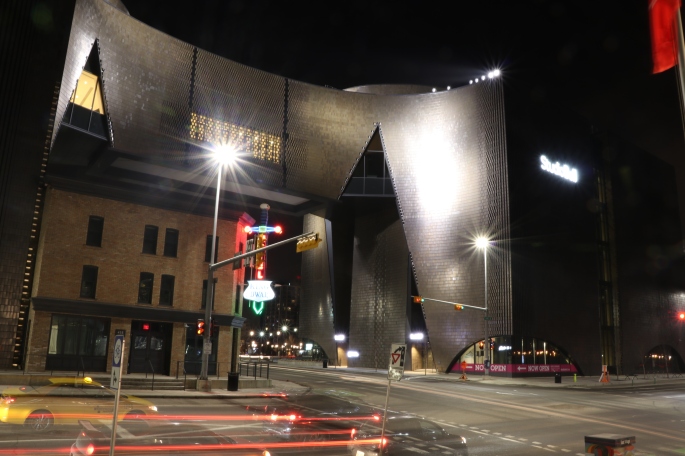

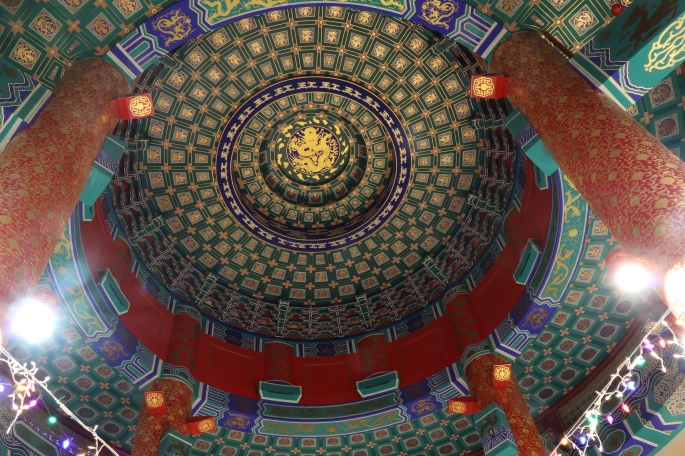
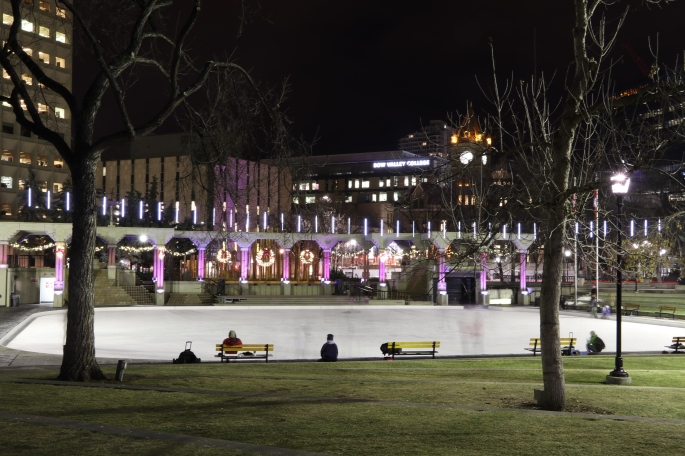
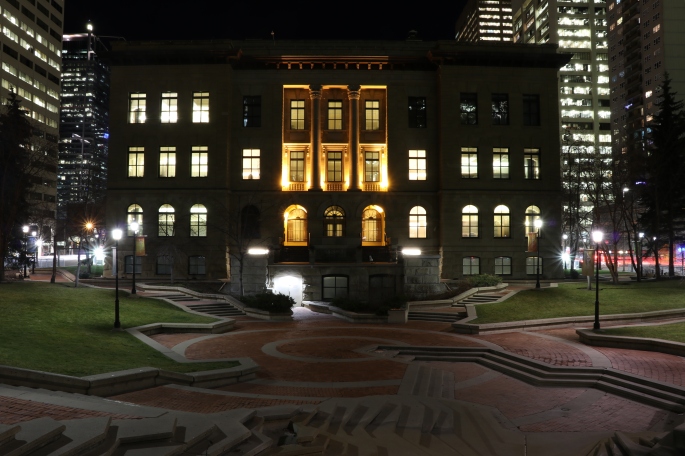




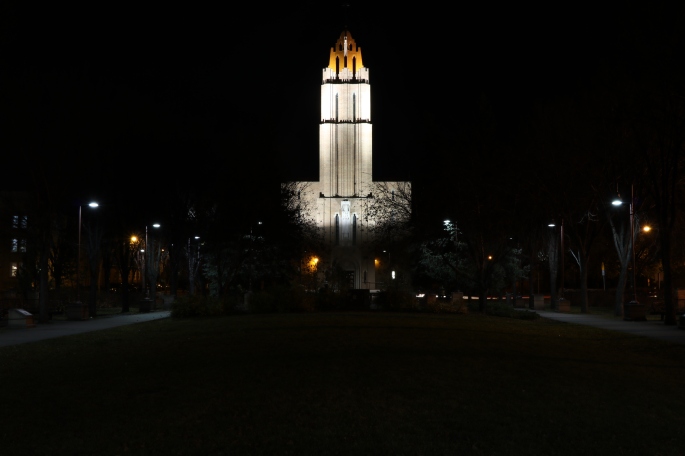
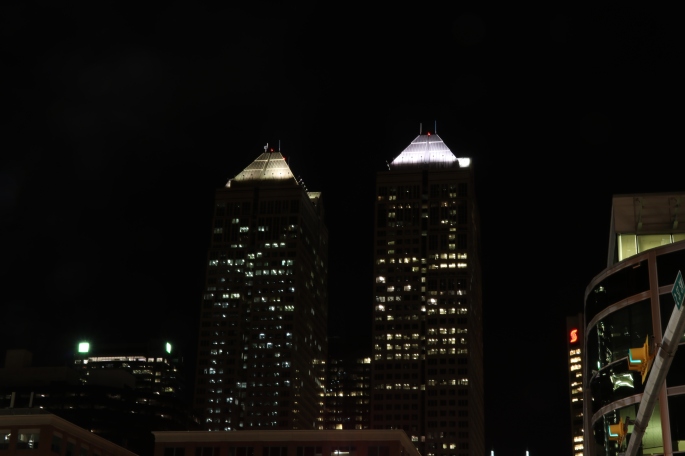
 The Saddledome home of the Calgary Flames and their WHL team the Calgary Hitmen.
The Saddledome home of the Calgary Flames and their WHL team the Calgary Hitmen.